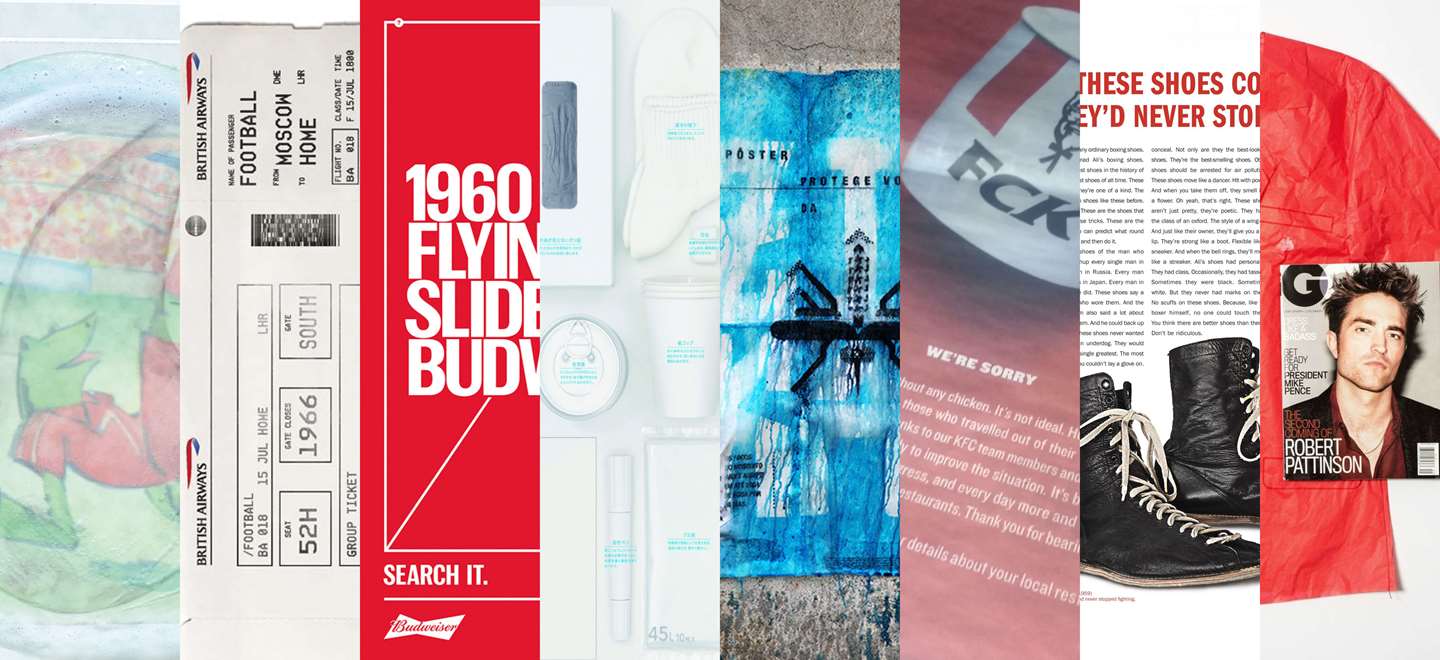High praise from big names
Sure we can blabber on about the vital role of print in the media mix all we want. But don’t take our word for it, take it from some of the biggest names in the biz.
Claire Beale, global editor-in-chief at Campaign, penned a piece in August, and in it pointed to Advertising Association figures to show that print display and revenue was up for the first time in seven years. This, she said, was “a small but significant boost for trusted, curated quality content when the narrative for so long has been decline and decay for traditional formats and established media brands.”
Mark Ritson then responded to a report by Radiocentre and ebiquity, highlighting the degree by which marketers’ perceptions about which channels perform best are divorced from reality. Magazines, newspapers and direct mail, turns out, are far more effective than your average advertiser or agency would have you believe. Go figure.
“One,” says Ritson, “must feel some sympathy for news media, which are perceived as having little to any impact on ROI. In reality, they offer some of the most significant campaign lifts for those clients that can look beyond the bullshit of the ‘death’ of news media and see the continued potential of print advertising.”
Marketing guru Dave Trott also chimed in on the topic, noting that marketers are chasing online advertising despite 88% of them confirming it has no measurable impact on their business – or that 43% of mobile ad impressions are fraudulent and only 52% of web traffic is human.
Then there was Thinkbox’s Matt Hill, who expressed concerns that a rash of effectiveness studies (here) are being ignored by marketers. Effectiveness, he and others claim, is “nose-diving because of an over-emphasis on short termism and chasing easy to measure metrics”.
Finally, PwC’s Neil Duncan echoed Hill’s sentiment, saying “there has been a destructive trend of advertisers developing short-term strategies that have led to a number of important false conclusions about effectiveness… Effectiveness measurement relies on access to the right data, and advertisers need to ensure that they are working with partners who are both committed to effectiveness and its measurement.”
Measurement takes centre stage
No surprise then that this year we’ve seen JICMAIL and PAMCO address false assumptions about print media effectiveness, using (you guessed it) data.
Data which, in the case of JICMail, tells us that 21% of all addressed mail and door-drop items drive commercial actions. Data that stunned Starcom’s Elliott Millard, who said “honestly, I’m astonished by those numbers – totally off the general perception that DM is binned.”
Then came PAMCo: a “world-class audience measurement currency” that breaks down how we consume media across all platforms. It, according to Time UK CEO Marcus Rich, “totally changes the way advertisers and agencies can work with publishers.” And confirms that published media – and magazines in particular – are strong on engagement and attention.
Both important developments for print media, with an emphasis on targeting and measurement that, according to Whistl MD Mark Davies, represents “a real step change in bringing evaluation and attribution into the… conversation.” Expect to see more in the coming year.
Here’s what you might’ve missed
Sure, all this tells us a thing or two about the future of the medium. But how about the party pieces? The left-of-field campaigns. The untraditional side of traditional media, if you will.
Well how about an Old Spice print ad that doubles as a scented paper blazer? The male grooming brand inserted a full-sized, paper jacket into the April issue of GQ, and threw some shade at an industry caught up on elaborate packaging and premium price tags.
Habitat for Humanity, a global, non-profit housing organisation, created posters to help prevent mosquito-borne diseases. Not only did they provide important information about mosquito bites, etc., but way more interesting was that the ink dissolved in rainwater to release a powerful insecticide that lasts up to 60 days.














